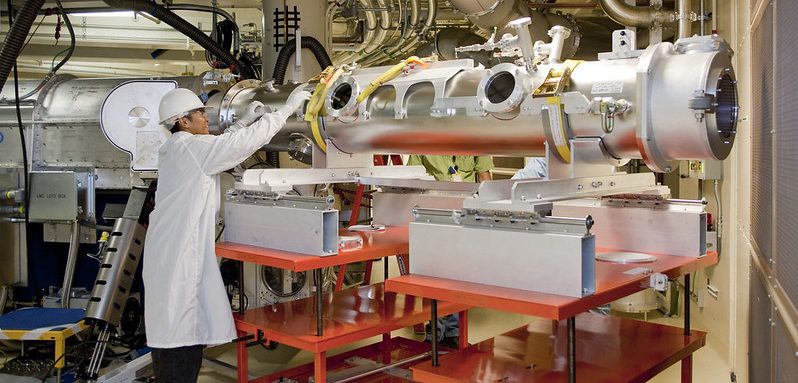The National Ignition Facility (NIF) at Lawrence Livermore National Laboratory (LLNL) is home to the world’s largest and highest-energy laser. The facility is the size of a sports stadium that could fit three football fields. Employees there work on the world’s most precise and reproducible laser beam, which can guide, amplify, reflect and focus 192 laser beams into a target about the size of a pencil eraser in a few billionths of a second. But it was not immune from pandemic-forced changes. Kevin White, IT Technical Lead and Project Manager at NIF, explained in detail two major modifications:
“Mobile has become very important,” White said. Technicians can take a mobile device directly to a field site without having to go into NIF, “saving everybody’s time and energy.” Although NIF already had a mobile implementation, the introduction of field work has also led the facility to make other changes. For instance, inspections are now checklists that allow for one location for technicians to perform work and then system managers to approve it. It provides one place to document everything, White said, reducing and even eliminating paperwork. “Bringing out this field work is really going to change in 2021, and definitely 2022, as it really matures,” White said.
“Videoconferencing has just accelerated the way we do things now and transfer knowledge,” White said. Virtual reality (VR) is also transforming how NIF operates, he said. The two technologies enable subject-matter experts to collaborate with technicians in the field without physically having to be there. A side effect of that is the VR devices are helping improve training, White added. Users can bring up a blueprint on those, record their work and have a good overview of how to perform that work on that particular piece of equipment. “So, bringing on new technicians is a little bit easier because they can actually see what’s going on,” White said.
These changes have led NIF to put a fresh focus on the Internet of Things (IoT) going forward. “Usually we have people walking around the building doing work, just moving around doing things and so you can smell, hear, feel when things are not right,” White said. “Now people are not there, so areas don’t get touched, and so we really need now those IoT devices there to monitor vibration, temperature, humidity changes that you would normally just pick up.”
The trick now is understanding what to do with the data from IoT devices and how often to collect it. For instance, “vibrations take a long time, and things take forever to oscillate. Do you really need to capture every six seconds, every minute, or do you really need a snapshot every five to 10 minutes?” White said. “There may be one or two pieces of equipment that are so sensitive or so safety-related that you really do want to monitor down to smaller time slices, but most equipment you can do 15-minute blocks and average the [minimum and maximum] spikes.”
This article is an excerpt from GovLoop’s recent report, “From Adversity Comes Innovation: How the COVID-19 Pandemic Accelerated Agencies’ Use of Technology.” Download the full report here.
